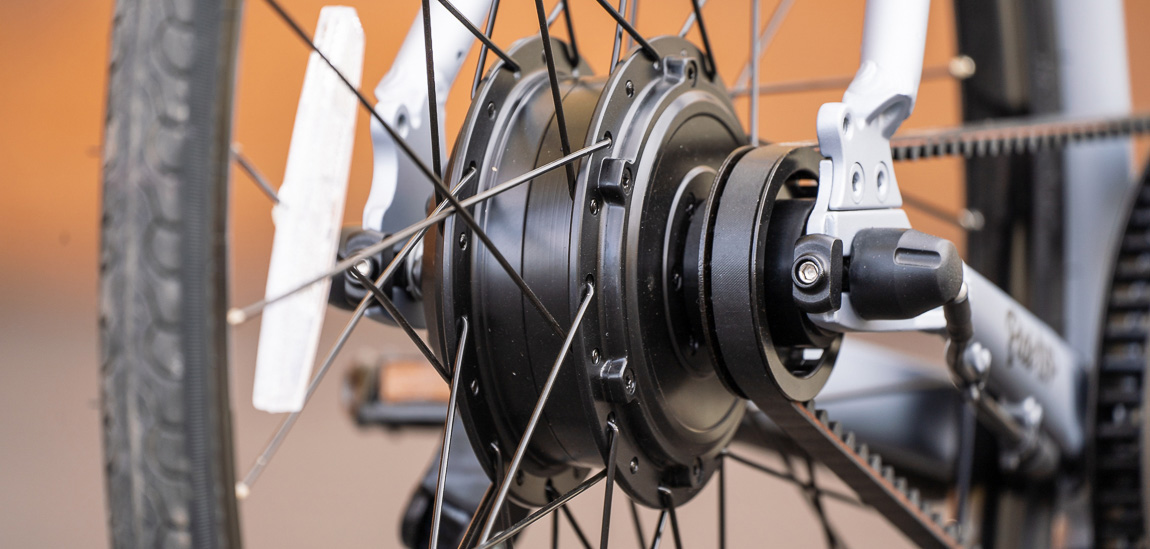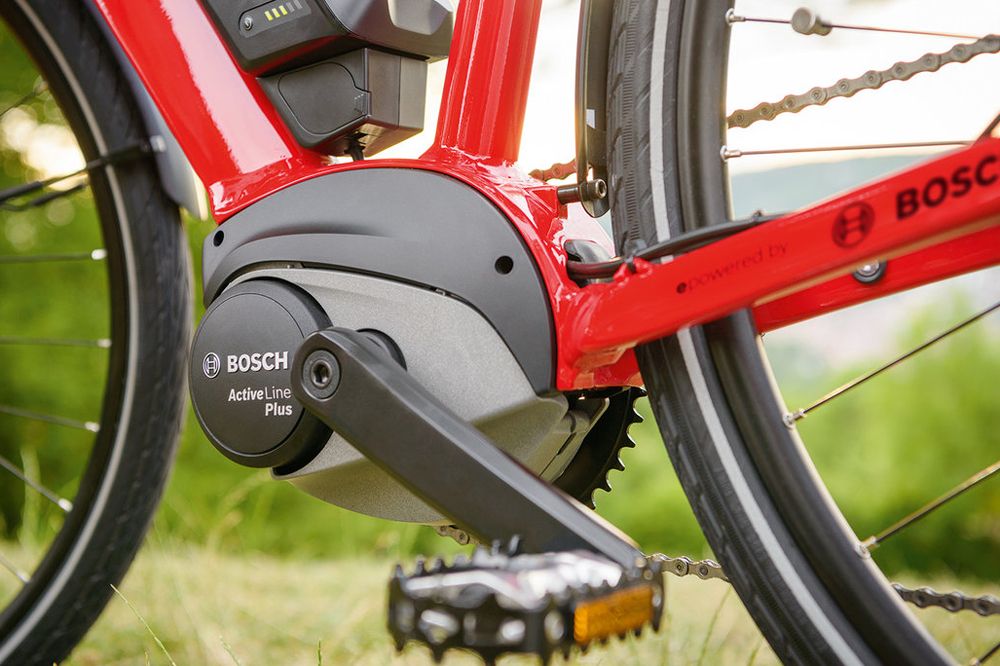Electric bikes (e-bikes) have revolutionized the way we commute, exercise, and explore our surroundings. One of the key decisions when choosing an e-bike is selecting the type of motor system, with hub motors and mid-drive systems being the two primary options. Each system has its advantages and disadvantages, and understanding the differences between them can help you make an informed decision. In this article, we'll delve into the distinctions between hub motors and mid-drive systems to help you determine which one is right for you.

- Geared Hub Motors: These motors use internal gears to reduce the motor's rotational speed and increase torque output. They are more efficient and lightweight than direct-drive motors, making them ideal for urban commuting and moderate off-road use.
- Direct-Drive Hub Motors: Direct-drive motors have a simpler design with fewer moving parts, making them more durable and reliable. They offer a smooth and silent ride but may lack the torque needed for steep hills or demanding terrain.

- Efficiency and Power: By leveraging the bike's gears, mid-drive systems can operate more efficiently than hub motors, especially on hilly terrain or during acceleration. This results in longer battery life and a more natural riding experience.
-
Weight Distribution: Because mid-drive motors are located in the center of the bike, they provide better weight distribution, resulting in improved handling and stability, particularly in off-road conditions.
-
Maintenance: While mid-drive systems offer superior performance, they can be more complex to install and maintain than hub motors. They require periodic adjustments to ensure proper alignment and performance, which may require professional assistance
3. Factors to Consider: When choosing between a hub motor and a mid-drive system, several factors should be taken into account, including:
- Riding Style: Consider how and where you plan to ride your e-bike. If you primarily ride on flat terrain or for short distances, a hub motor may suffice. However, if you tackle steep hills or rough trails, a mid-drive system may be more suitable.
-
Budget: Hub motor e-bikes are generally more affordable than mid-drive models, making them a popular choice for budget-conscious riders. Mid-drive systems tend to be more expensive but offer superior performance and versatility.
-
Maintenance Preferences: If you prefer a low-maintenance option, a hub motor may be the way to go. However, if you're willing to invest time and effort into upkeep for better performance, a mid-drive system may be worth considering.
Both hub motors and mid-drive systems have their merits, catering to different riding styles, preferences, and budgets. Hub motors offer simplicity and affordability, while mid-drive systems provide superior performance and efficiency. Ultimately, the best choice depends on your individual needs and priorities. Whether you're cruising through the city streets or conquering rugged trails, there's an e-bike powertrain out there to suit your needs and take your riding experience to the next level.
